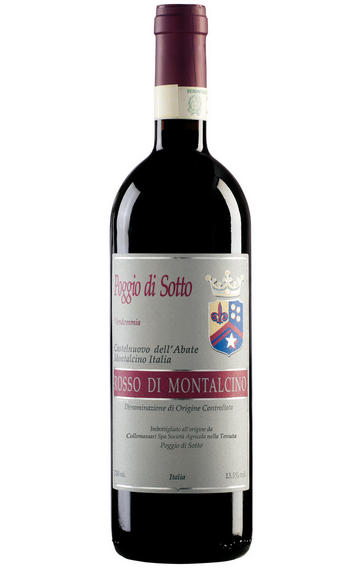
About this WINE
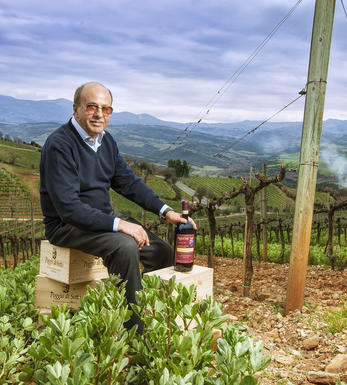
Poggio di Sotto
Poggio di Sotto was founded in 1989 by Piero Palmucci, rapidly becoming known for benchmark, classical Brunello. Since 2011, it has been managed by the ColleMassari group and chief enologo, Luca Marrone. The wines are radical in style, challenging in youth but built to cellar. The estate is on the south-east extremities of the region. The vineyards perch above the Orcia river, in the shadow of Mount Amiata. The extinct volcano is often snowcapped, even in summer. Its cold winds soften the summer heat, bringing finesse to these wines.
The estate is split into three vineyards. The soils vary: the vines soak up mineral details from the rocky marl; marine-fossil-filled galestro; and the prized vineyards towards the top of the hill, which hold iron-rich clay.
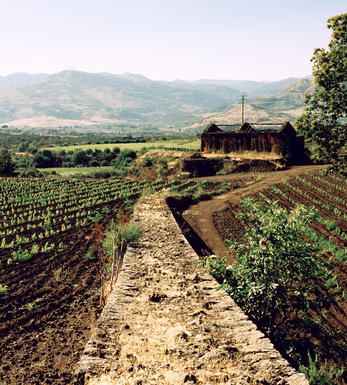
Rosso di Montalcino
Rosso di Montalcino is a large Tuscan DOC, to the far south of the Chianti Classico region, which has been classified since 1983.
The wines are fruity, soft, light and forward-maturing. They come from Sangiovesse vines outside the finer Brunello di Montalcino DOCG, harvested at up to 62 hl/ha, or from declassified Brunello fruit (often from young vines) in which case the yield must be the same as Brunello wines, at 55 hl/ha.
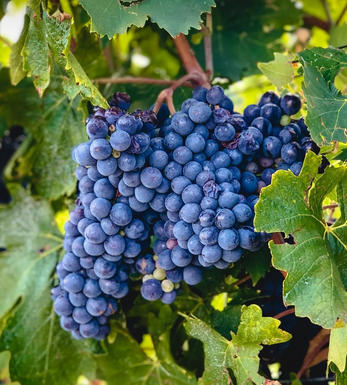
Sangiovese
A black grape widely grown in Central Italy and the main component of Chianti and Vino Nobile di Montepulciano as well as being the sole permitted grape for the famed Brunello di Montalcino.
It is a high yielding, late ripening grape that performs best on well-drained calcareous soils on south-facing hillsides. For years it was blighted by poor clonal selection and massive overcropping - however since the 1980s the quality of Sangiovese-based wines has rocketed upwards and they are now some of the most sought after in the world.
It produces wines with pronounced tannins and acidity, though not always with great depth of colour, and its character can vary from farmyard/leather nuances through to essence of red cherries and plums. In the 1960s the advent of Super Tuscans saw bottlings of 100% Sangiovese wines, as well as the introduction of Sangiovese/Cabernet Sauvignon blends, the most famous being Tignanello.


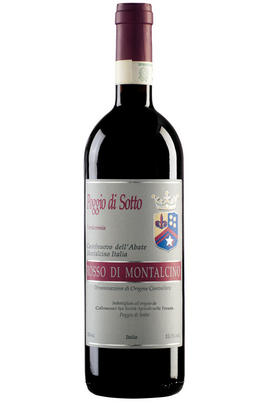
Buying options
Add to wishlist
wine at a glance
Delivery and quality guarantee